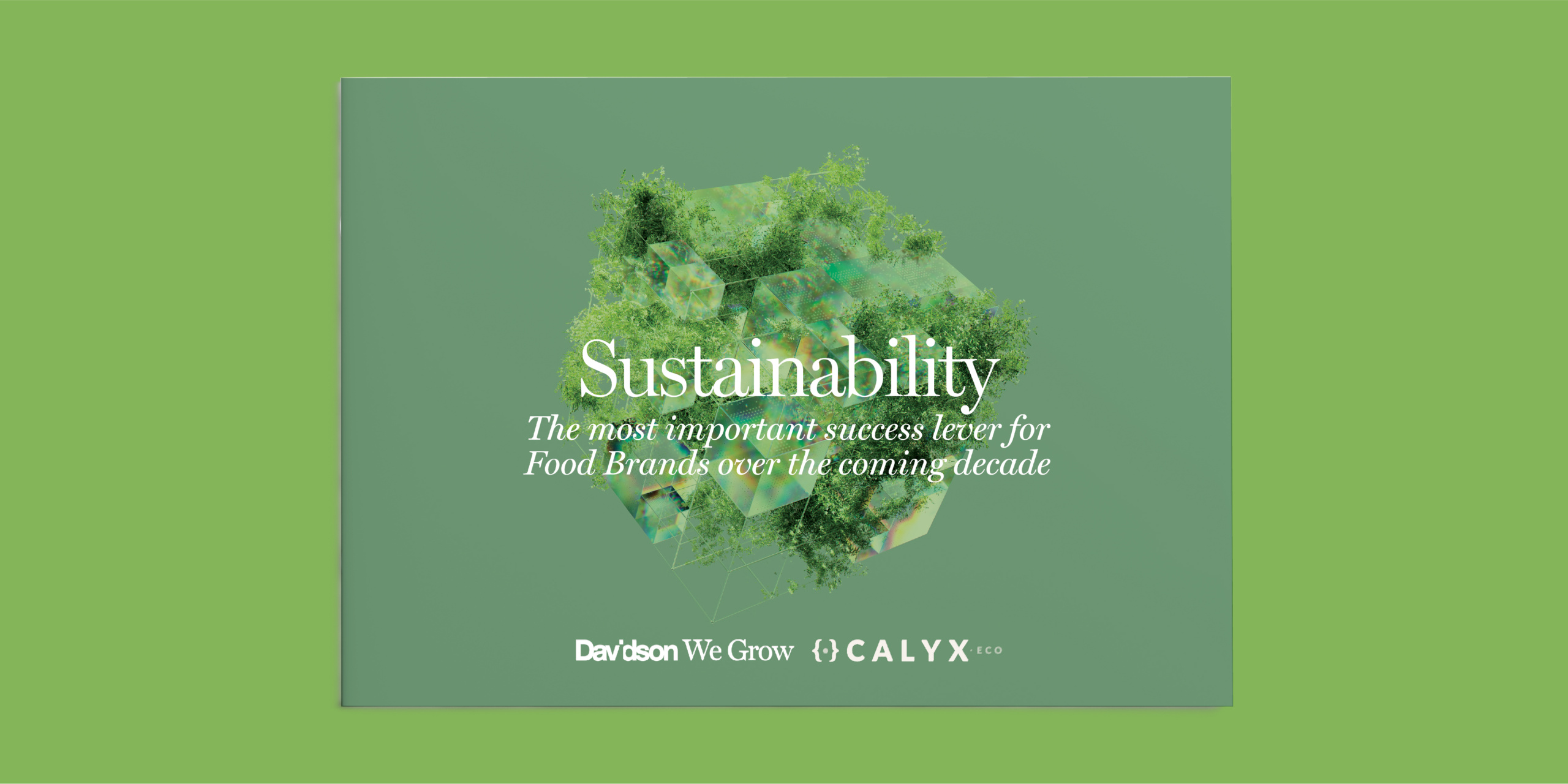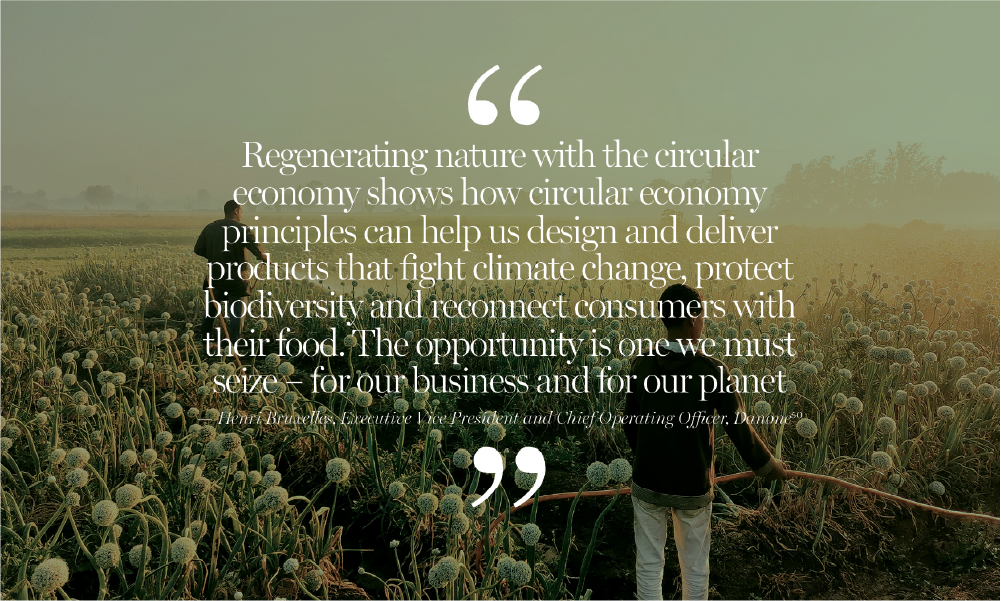Regenerative agriculture is an approach to farming that prioritizes soil health, biodiversity, and ecosystem services. The growth of regenerative agriculture will be critical to feeding a growing population within planetary boundaries. There is also a strong argument to suggest we should apply the principles of regeneration to our human economy, this argument is grounded on three premises:
Companies that can maintain commercial growth in a world of increasing instability and fragile planetary health will be those who have challenged the status quo and embedded principles of regeneration deep into their economic engine.
There are eight principles of regenerative economics:
1. In Right Relationship: Humanity is an integral part of an interconnected web of life in which there is no real separation between “us” and “it.” So the principles of reciprocity and mutualism found in both biology and indigenous wisdom, and even the Golden Rule common across all the World’s religions, are foundational to a regenerative economy.
2. Views Wealth Holistically: True wealth must be defined and managed systemically in terms of the well-being of the whole. This can only be achieved through the harmonisation of multiple kinds of wealth or “capital” — to include social/relational capital, cultural, experiential and spiritual capital.
3. Innovative, Adaptive, Responsive: In a world in which change is both ever-present and accelerating, the qualities of innovation and adaptability are critical to health. The entrepreneurial dynamism associated with a free enterprise system and the free flow of capital is essential. Yet both must somehow be channeled in a way that is responsive to the changing dynamics and essential needs of systemic health rather than short term greed.
4. Empowered Participation: In an interdependent system, fitness comes from contributing in some way to the health of the whole. Empowered participation is a non-negotiable quality of systemic health for the entire economic system.
5. Honors Community and Place: Each human community consists of a mosaic of peoples, traditions, beliefs, and institutions uniquely shaped by long-term pressures of geography, human history, culture, local environment, and changing human needs. Honoring this fact, a Regenerative Economy nurtures healthy and resilient communities and regions, each one uniquely informed by the essence of its individual history and place.
6. Edge Effect Abundance: Creativity and abundance flourish synergistically at the “edges” of systems, where the bonds holding the dominant pattern in place are weakest. At those edges the opportunities for innovation and cross-fertilization are the greatest. Working collaboratively across edges – with ongoing learning and development sourced from the diversity that exists there – is transformative for both the communities where the exchanges are happening, and for the individuals involved.
7. Robust Circulatory Flow: A living economy demands a healthy metabolism to flush toxins and nourish every cell at every level of our human networks. Just as human health depends on the robust circulation of oxygen, nutrients, etc., so too does economic health depend on robust circulatory flows of energy and materials in a “circular fashion”.
8. Seeks Balance: Being in dynamic balance is essential to systemic health. Like a unicycle rider, regenerative systems are always engaged in this delicate dance in search of balance. Achieving harmony requires balancing paradoxes with both/and thinking rather than either/or thinking. Healthy systems harmonize multiple variables in a unified whole instead of optimizing single ones at the expense of others.

One of the most practical ways to start to understand regenerative economics is by looking at regenerative agriculture.
Regenerative agriculture dates to indigenous and traditional farming practices, but it gained wider attention in the 1980s and 1990s when farmers, ranchers, and researchers started experimenting with alternative farming practices that focused on ecological sustainability.
Regenerative promotes the sequestration of carbon in the soil, reduces the use of fossil fuel-based inputs like synthetic fertilizers and pesticide and increases the resilience of farming systems to climate change by building soil health, improving water retention, and enhancing biodiversity. Regenerative agriculture can improve the economic viability of farming by reducing input costs and increasing yields over the long-term. The success of regenerative farming lies in promoting soil biology, organic matter, and biodiversity to reduce the need for costly inputs like insecticides and fertilizers and better manage pest populations.
Soil organic matter, not yield, is a more important driver of proximate farm profitability for regenerative farms, which market their products differently or have diversified income streams from a single field. Regenerative agriculture challenges the current food production paradigm that prioritizes gross profits over net gains for the farmer.
SUSTAINABILITY REPORT








